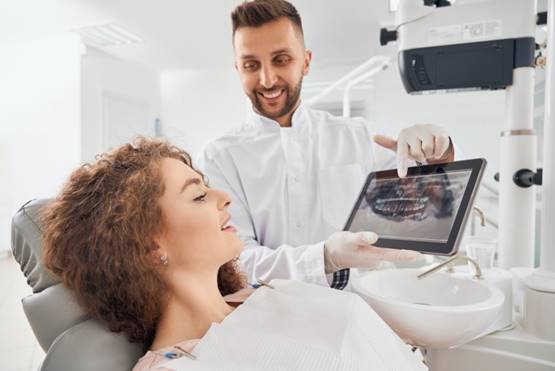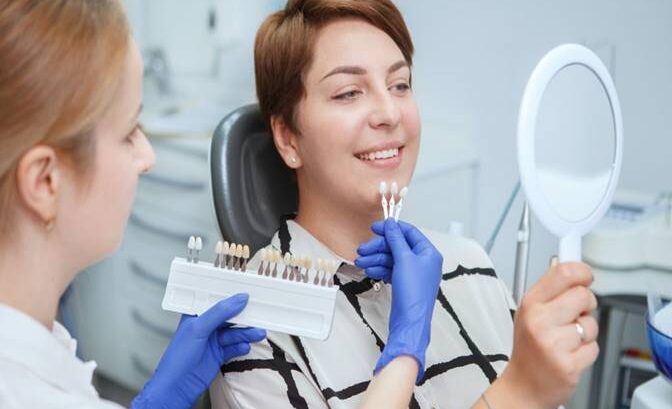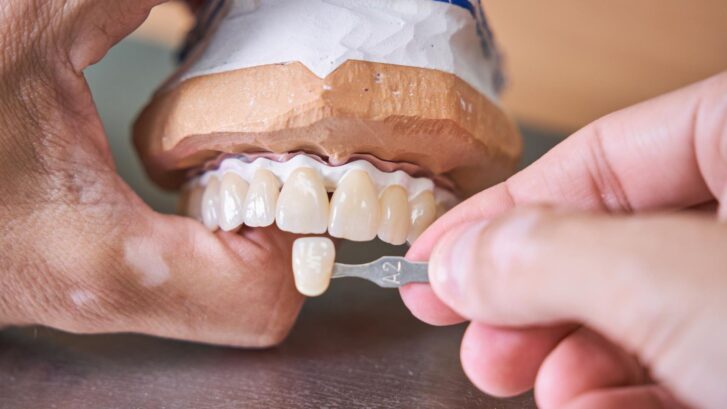What Is Gingivitis? Causes, Symptoms, and Treatment
A Common But Often Overlooked Dental Concern
One morning, Sarah noticed her gums bleeding while brushing. She ignored it—thinking she had brushed too hard. A few weeks later, her gums were still tender, swollen, and bleeding easily. A dental check-up revealed the cause: gingivitis, the earliest stage of gum disease. Like many, she didn’t know that something so common could turn into a serious dental issue if left untreated.
What Is Gingivitis?
Gingivitis is the mildest form of gum disease, caused by plaque buildup at the gumline. Plaque is a sticky film of bacteria that accumulates on teeth and gums. When not removed by brushing and flossing, it can lead to inflammation of the gums.
While gingivitis is common and reversible, ignoring it can allow it to progress into periodontitis—a more serious form of gum disease that may lead to tooth loss.
What Causes Gingivitis?
The primary cause of gingivitis is poor oral hygiene, which encourages plaque buildup. However, several other factors can increase the risk:
- Smoking or tobacco use
- Diabetes
- Hormonal changes (e.g., pregnancy, menopause)
- Certain medications (that reduce saliva flow)
- Poor nutrition, especially Vitamin C deficiency
- Genetic predisposition
According to the CDC, nearly half of adults aged 30 and older show signs of gum disease, with gingivitis being the initial stage for most.
Common Symptoms of Gingivitis
Gingivitis can be subtle in its early stages, which is why it often goes unnoticed. Here are common symptoms to watch for:
- Red, swollen, or tender gums
- Bleeding while brushing or flossing
- Persistent bad breath (halitosis)
- Receding gums or teeth appearing “longer”
- Soft gums or a change in gum color
Early detection is key. If caught early, gingivitis can be reversed before it leads to permanent damage.
How Is Gingivitis Treated?
Professional Dental Cleaning
The first step in treating gingivitis is a professional cleaning to remove plaque and tartar. Your dentist may perform scaling and root planing—a deep-cleaning procedure that removes buildup beneath the gumline.
Improved Oral Hygiene
You’ll be guided on improving at-home care, including:
- Brushing at least twice a day with fluoride toothpaste
- Flossing daily to remove plaque between teeth
- Using antibacterial mouthwash to reduce bacteria
- Replacing your toothbrush every 3–4 months
Lifestyle Changes
Quitting smoking, managing diabetes, and maintaining a balanced diet can significantly improve gum health.
Can Gingivitis Be Prevented?
Absolutely. Consistency is key. Here’s how to keep your gums healthy:
- Get regular dental check-ups and cleanings (every 6 months)
- Maintain a solid oral care routine
- Eat a nutrient-rich diet
- Stay hydrated to promote saliva production
- Avoid tobacco use
Why Early Treatment Matters
Untreated gingivitis can progress into periodontitis, a serious condition that affects the bones and tissues supporting your teeth. In severe cases, this may lead to tooth loss or other systemic health issues like cardiovascular disease.
Final Thoughts
Gingivitis is more than just bleeding gums—it’s your mouth’s early warning sign. With proper care and timely treatment, you can reverse the damage and protect your smile for years to come.
Have you noticed any early signs of gingivitis—and is it time for your next dental check-up?










